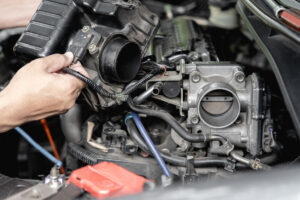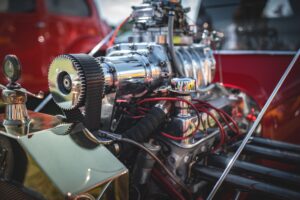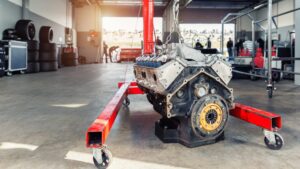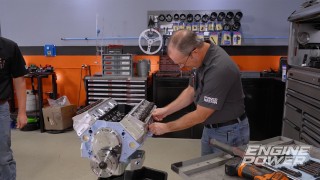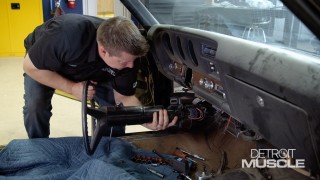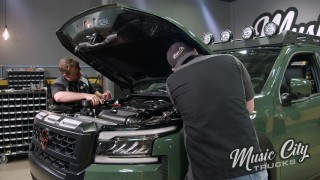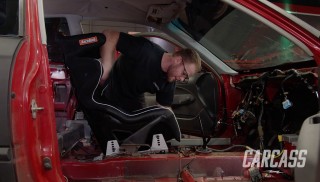Turbochargers vs. Superchargers: The Boosted Battle for Power and Performance
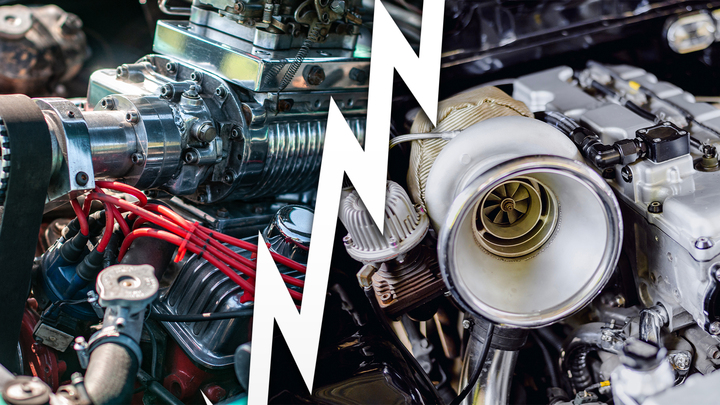
When it comes to adding extra power under the hood, car enthusiasts are often split between two compelling choices: turbochargers and superchargers. Both options have their merits, delivering exhilarating horsepower and enhancing engine performance. But understanding the differences, pros, and cons of each can make a world of difference in how your vehicle performs on the road or track. Let’s break down turbochargers and superchargers to help you choose the best power-boosting solution for your build.
Table of Contents
Turbochargers: Power from Exhaust Gases
How Turbochargers Work
A turbocharger uses exhaust gases to spin a turbine, which then forces additional air into the engine. More air means more fuel can be burned, creating a power boost. Essentially, a turbo takes energy that would otherwise be wasted and uses it to improve performance—a fuel-efficient method for squeezing extra horsepower from your engine.
Pros of Turbochargers
Fuel Efficiency: Turbochargers repurpose exhaust gases to add power, which can improve fuel efficiency compared to superchargers. By optimizing the energy already produced, they tend to get more mileage out of each gallon of gas.
Smaller Engine, Big Power: Turbochargers allow for smaller engine sizes without sacrificing power output. This makes them ideal for compact, fuel-efficient builds where space is limited.
Increased Horsepower Potential: The potential for horsepower with a turbocharger is significant. With the right setup, a turbocharger can deliver an intense power boost that dramatically enhances your vehicle’s performance, especially at higher RPMs.
Cons of Turbochargers
Lag Time: A common downside to turbochargers is “turbo lag.” Since the turbo relies on exhaust gas to spool up, there’s often a delay before the power kicks in, which can feel sluggish until you hit higher RPMs.
Complex Installation and Maintenance: Turbochargers are more complex to install and maintain due to the high temperatures and pressure involved. They also require a more sophisticated cooling and lubrication system, which can add to the complexity and cost.
Heat Production: Turbos create a lot of heat due to the high-speed rotation of the turbine. Additional cooling components, such as intercoolers, are often needed to manage this heat, increasing the system’s weight and cost.
Superchargers: Power on Demand
How Superchargers Work
Superchargers are belt-driven and connected directly to the engine. Rather than relying on exhaust gases, a supercharger draws power directly from the crankshaft. As soon as the engine is running, so is the supercharger, providing immediate power without delay.
Pros of Superchargers
Instant Power: The biggest advantage of a supercharger is the immediate boost in power. There’s no waiting for exhaust gases to build up. This “instant-on” power makes superchargers a favorite for drag racers and anyone who wants that immediate punch.
Simpler Installation: Superchargers tend to have a simpler setup compared to turbos, with fewer parts to integrate. They’re often easier to install and maintain, making them a more straightforward choice for certain builds.
Consistent Performance: Since superchargers are directly driven by the engine, they deliver consistent, reliable power across the RPM range. This can make driving more predictable, with power readily available whenever you need it.
Cons of Superchargers
Fuel Efficiency Drawback: Because superchargers draw power directly from the engine, they use more fuel. While they boost performance, they’re generally less fuel-efficient than turbochargers, which is something to consider for daily drivers.
Added Strain on the Engine: The constant demand a supercharger places on the engine can lead to increased wear and tear, especially on stock components that may not be designed to handle the additional load.
Noise and Heat: Superchargers tend to be louder and produce more heat than turbochargers. While the sound may be music to some enthusiasts’ ears, the extra heat can require additional cooling solutions.
Which Should You Choose?
The choice between a turbocharger and a supercharger boils down to your specific needs and driving style. If you’re looking for an efficient power boost with a focus on high-end performance, a turbocharger may be your best bet. However, if you crave instant power and responsiveness, a supercharger might be the ideal choice. Both systems offer unique advantages and can drastically alter your driving experience.
In the end, whether you go turbo or super, both upgrades can take your build to the next level. From the street to the strip, these systems are designed to bring out the best in your engine and satisfy your thirst for speed. Just be ready to invest some time, effort, and budget to ensure your setup is dialed in perfectly.
